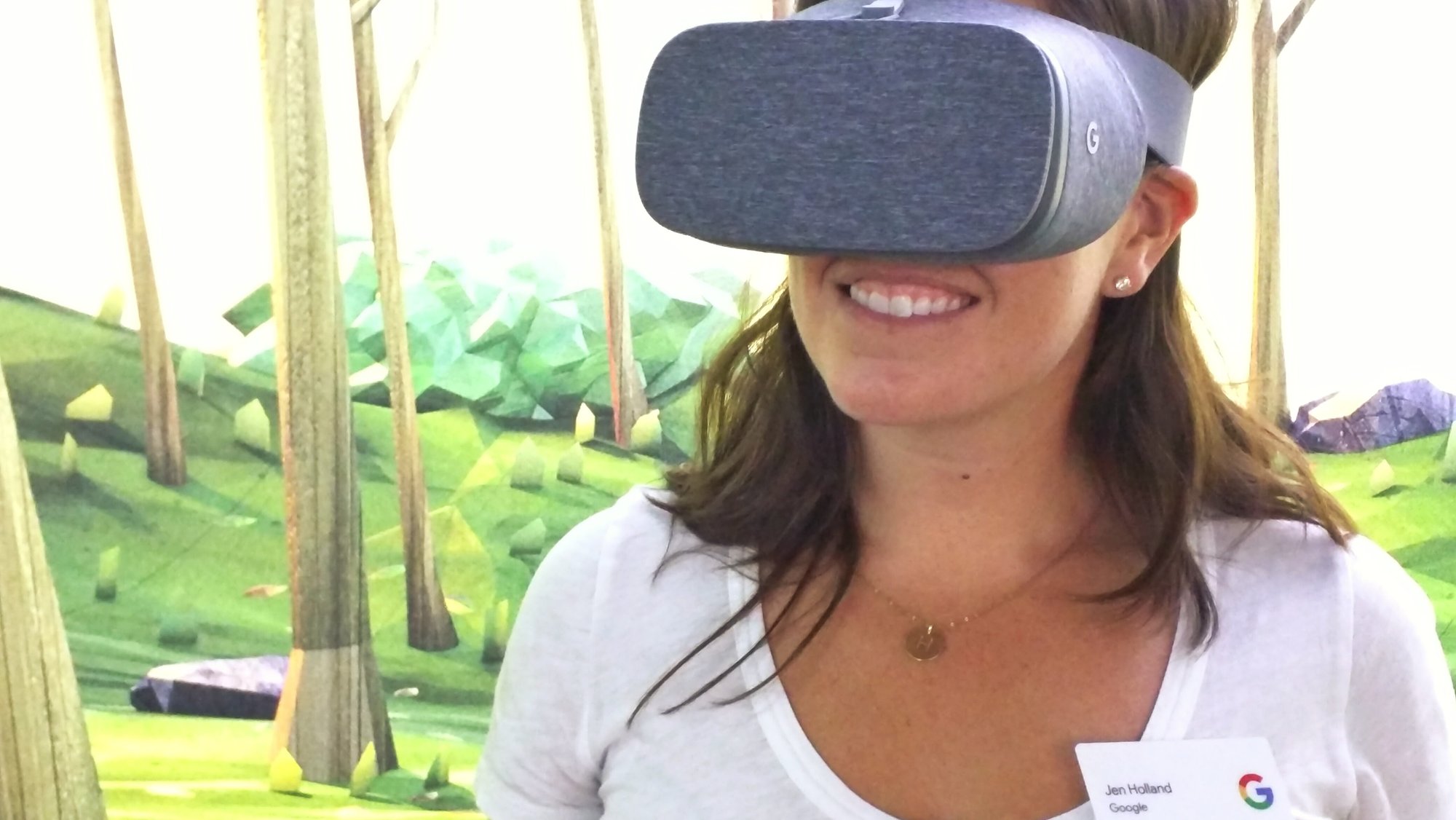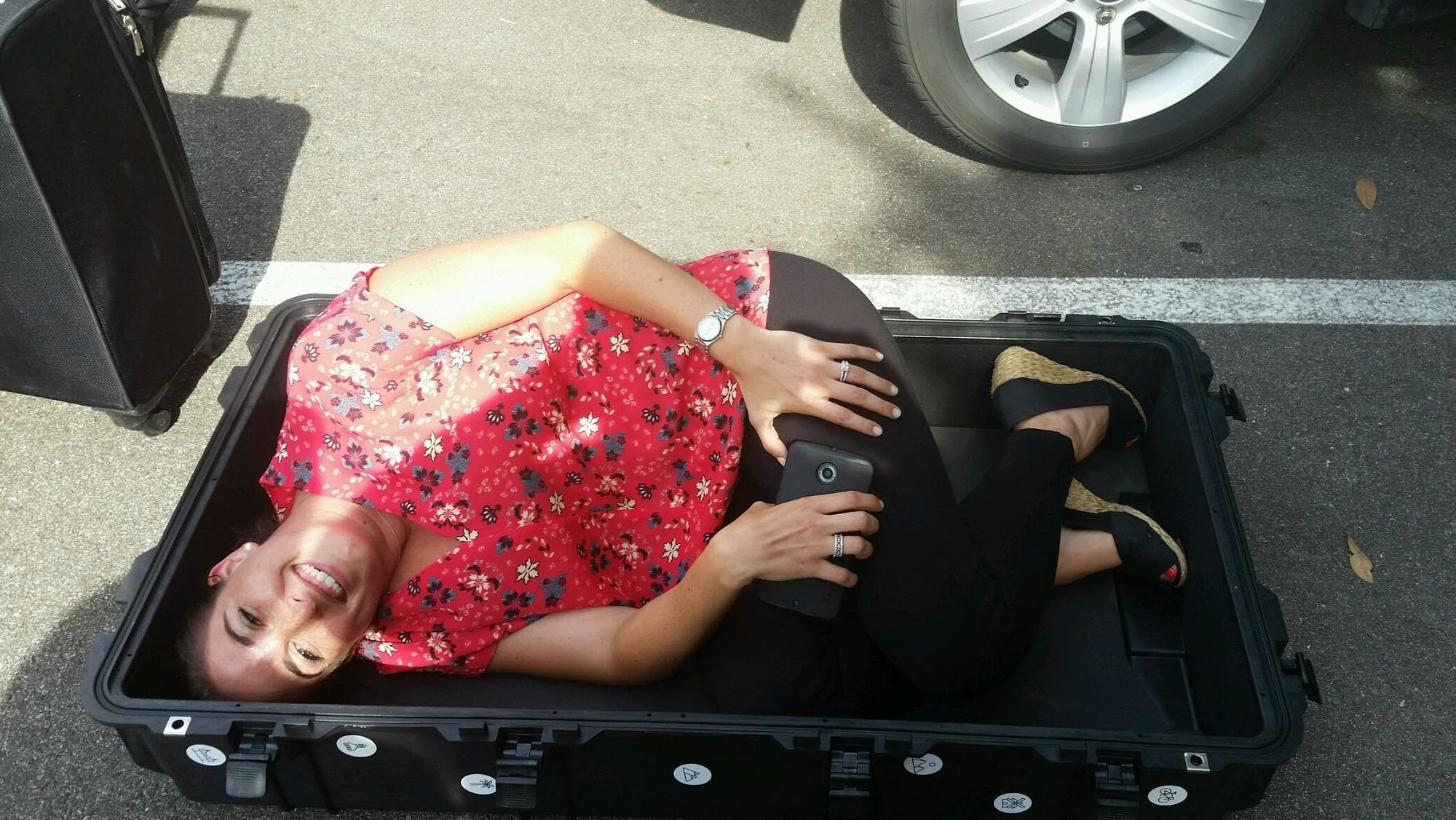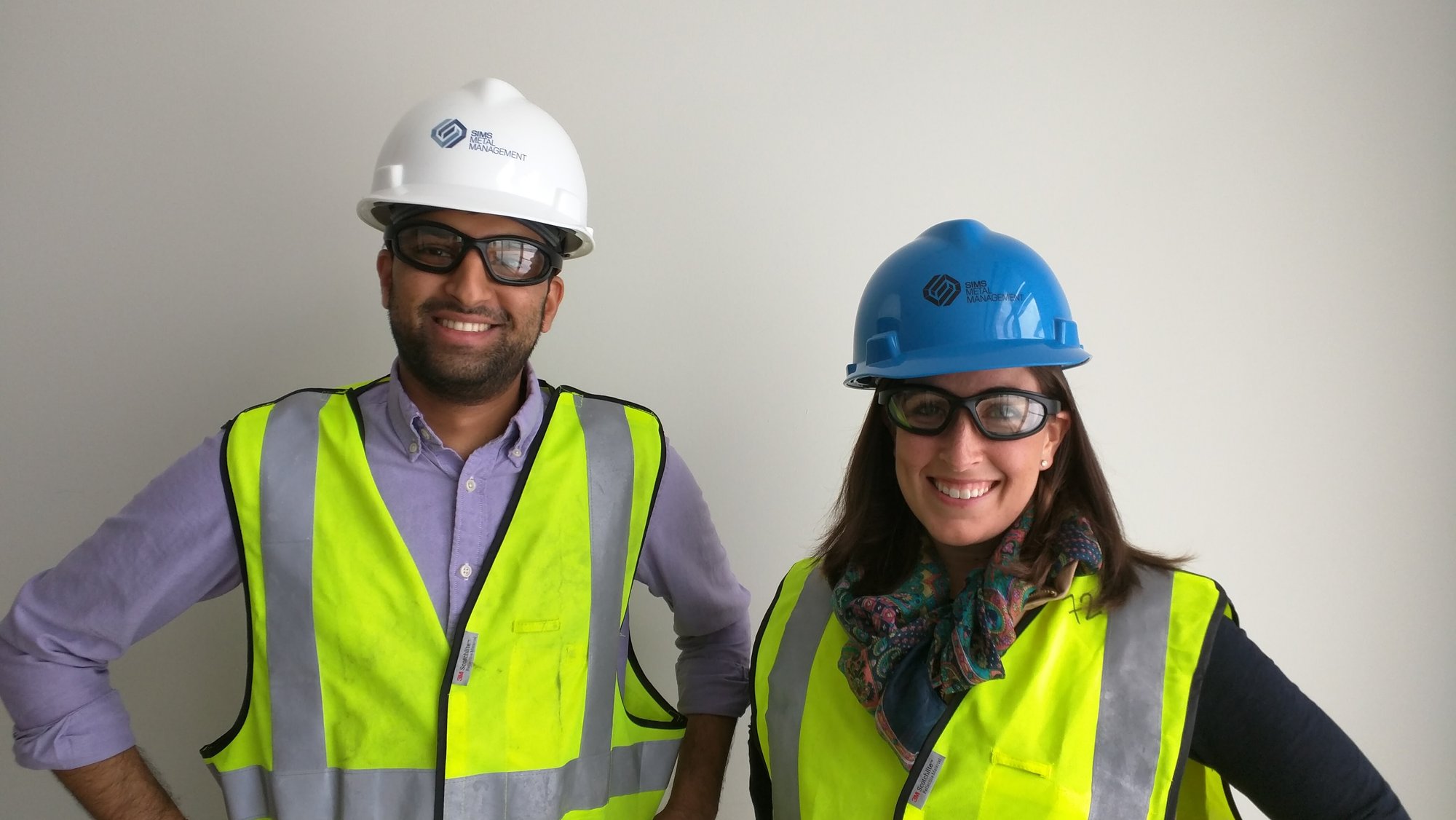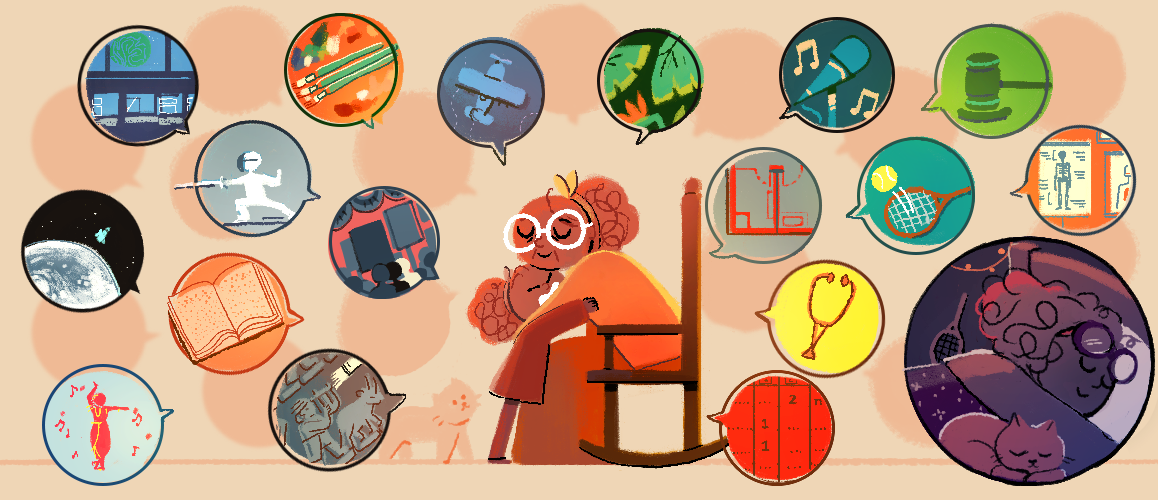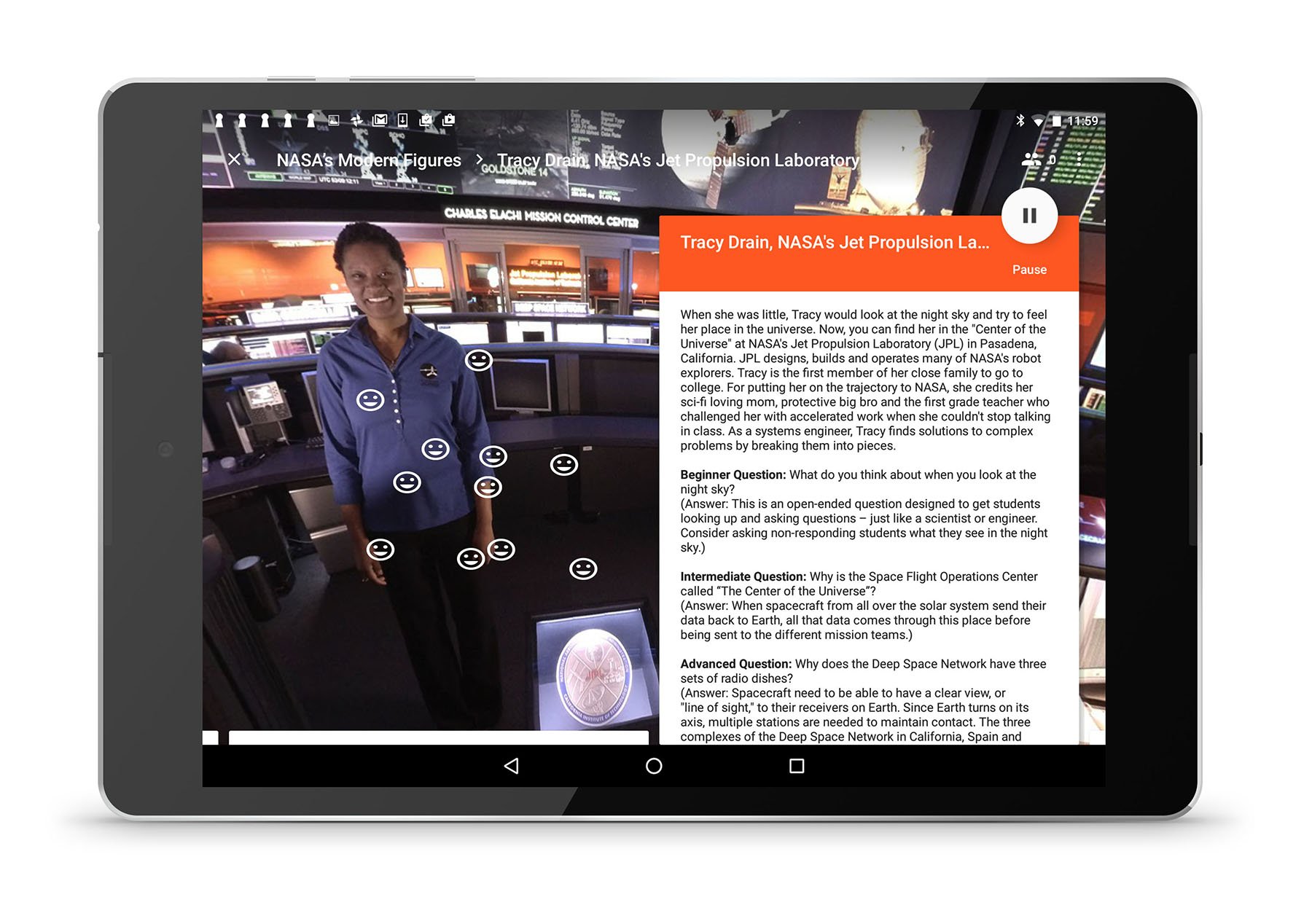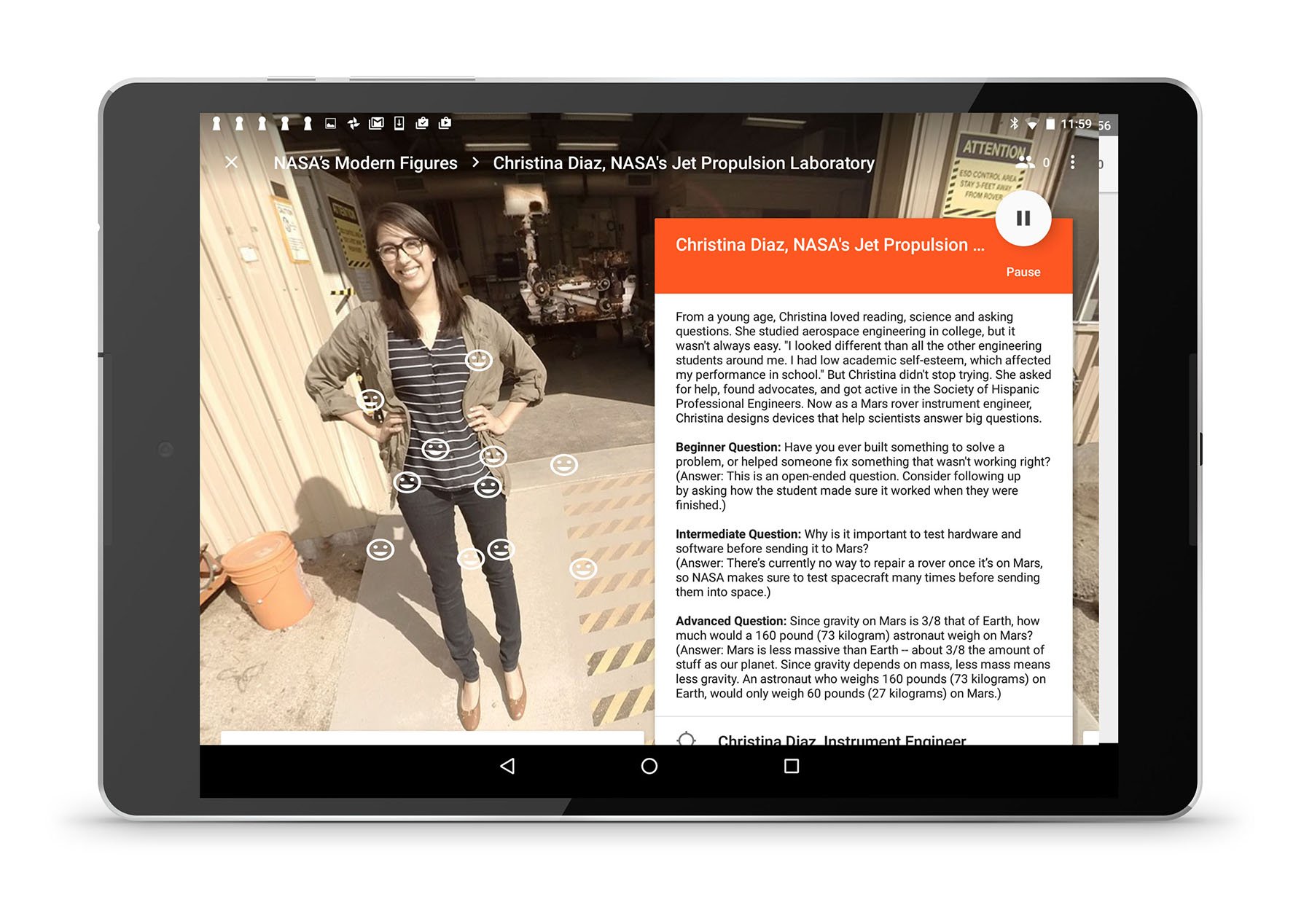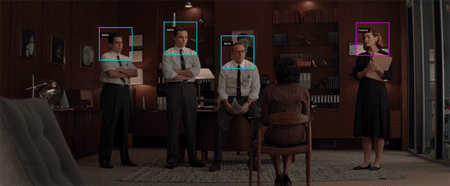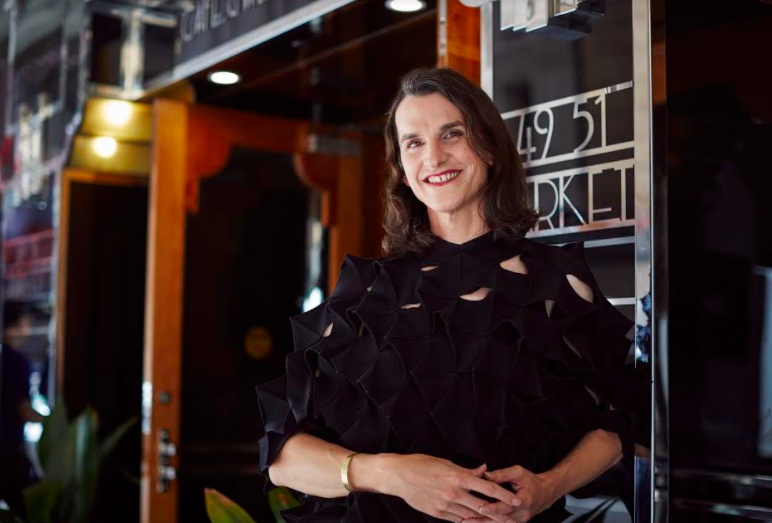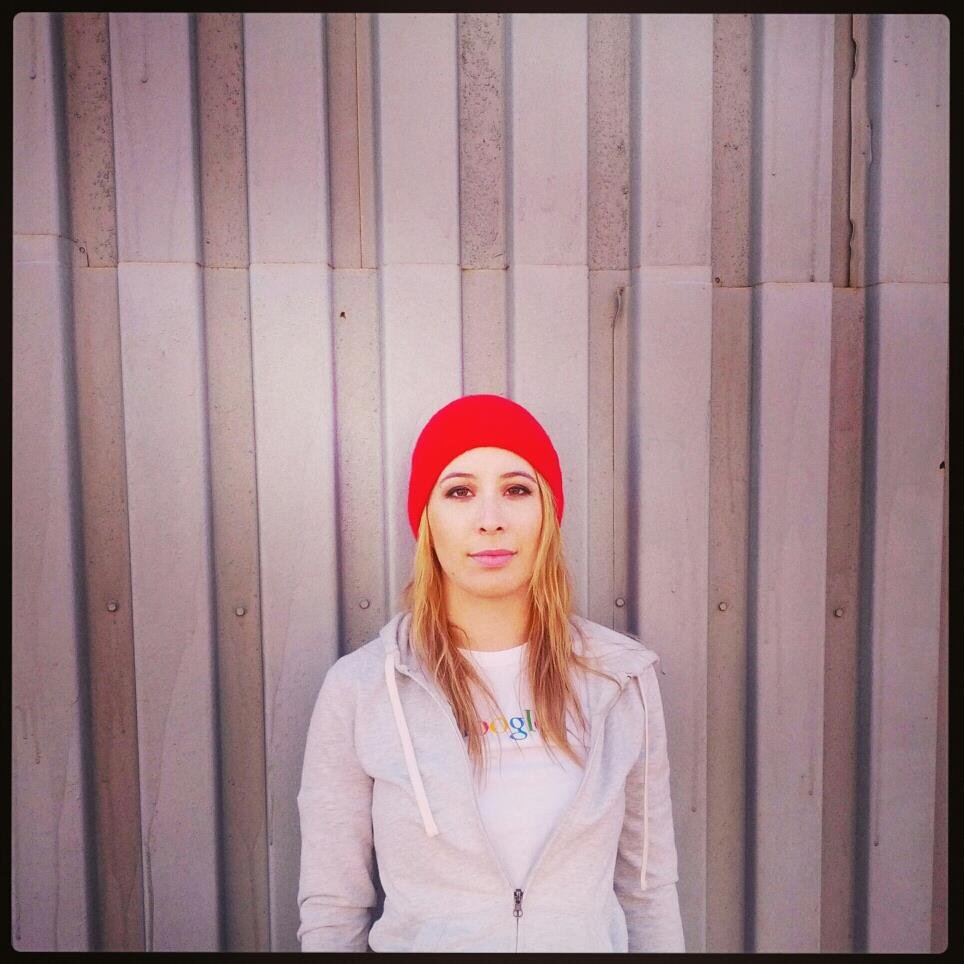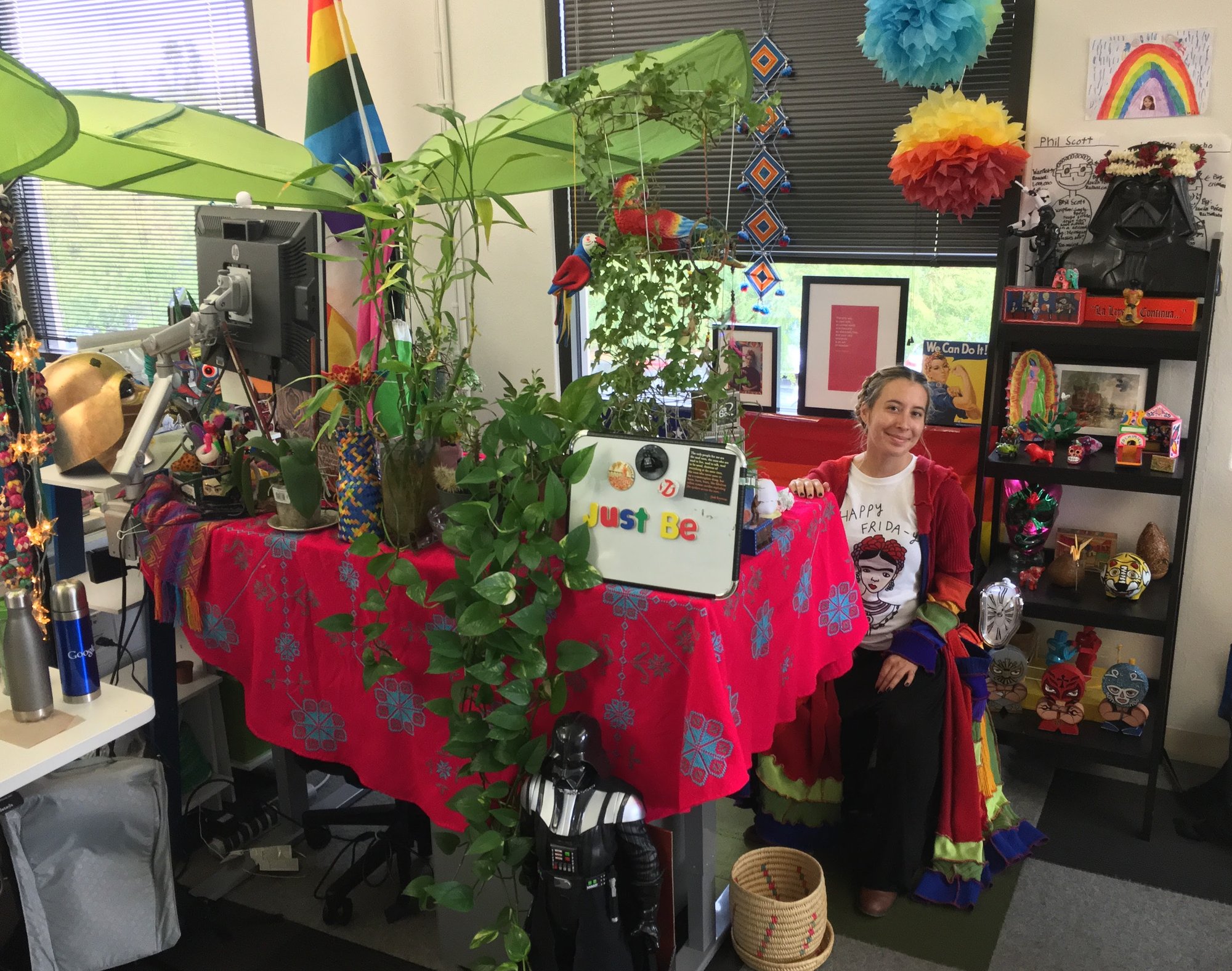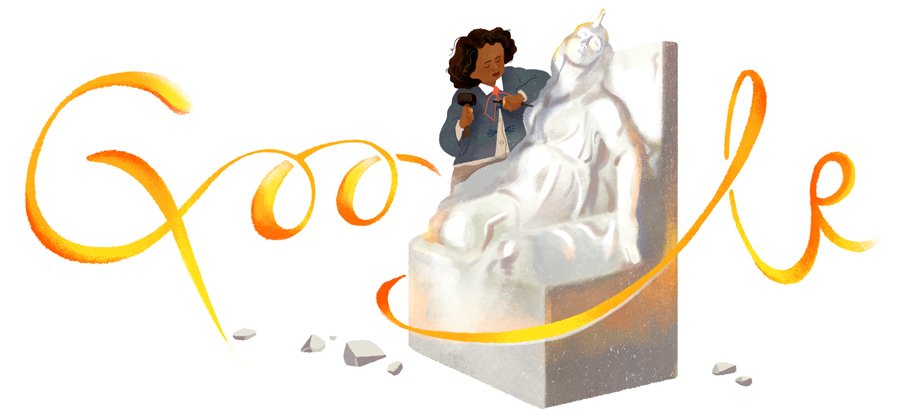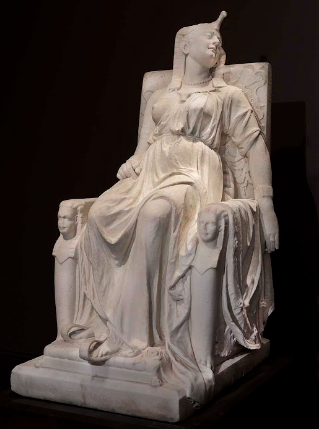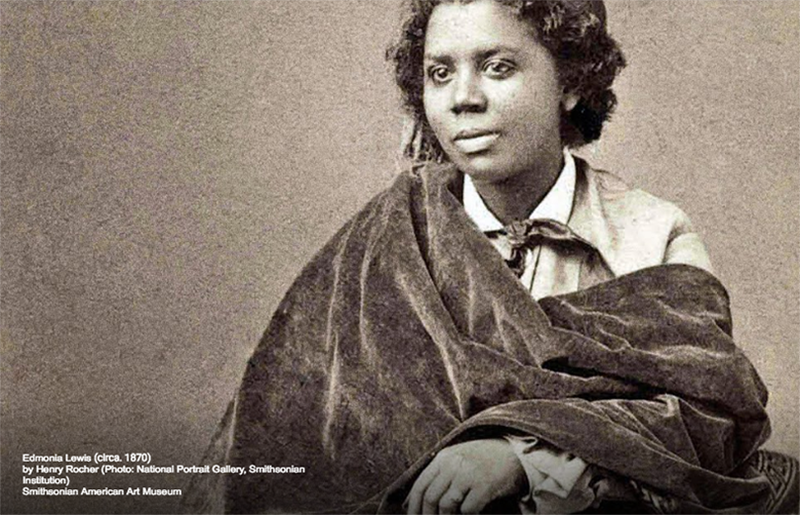In honor of Women’s History Month, we’re celebrating the powerful, dynamic and creative women of Google. Like generations before them, these women break down barriers and defy expectations at work and in their communities. Over the course of the month, we’ll help you get to know a few of these Google women, and share a bit about who they are and why they inspire us.
Today we’re talking to Jen Holland, a program manager on our education team who once played a humming game on the “Ellen DeGeneres Show” with Ellen and Vince Vaughn. (Before you ask, no—there’s no video.)
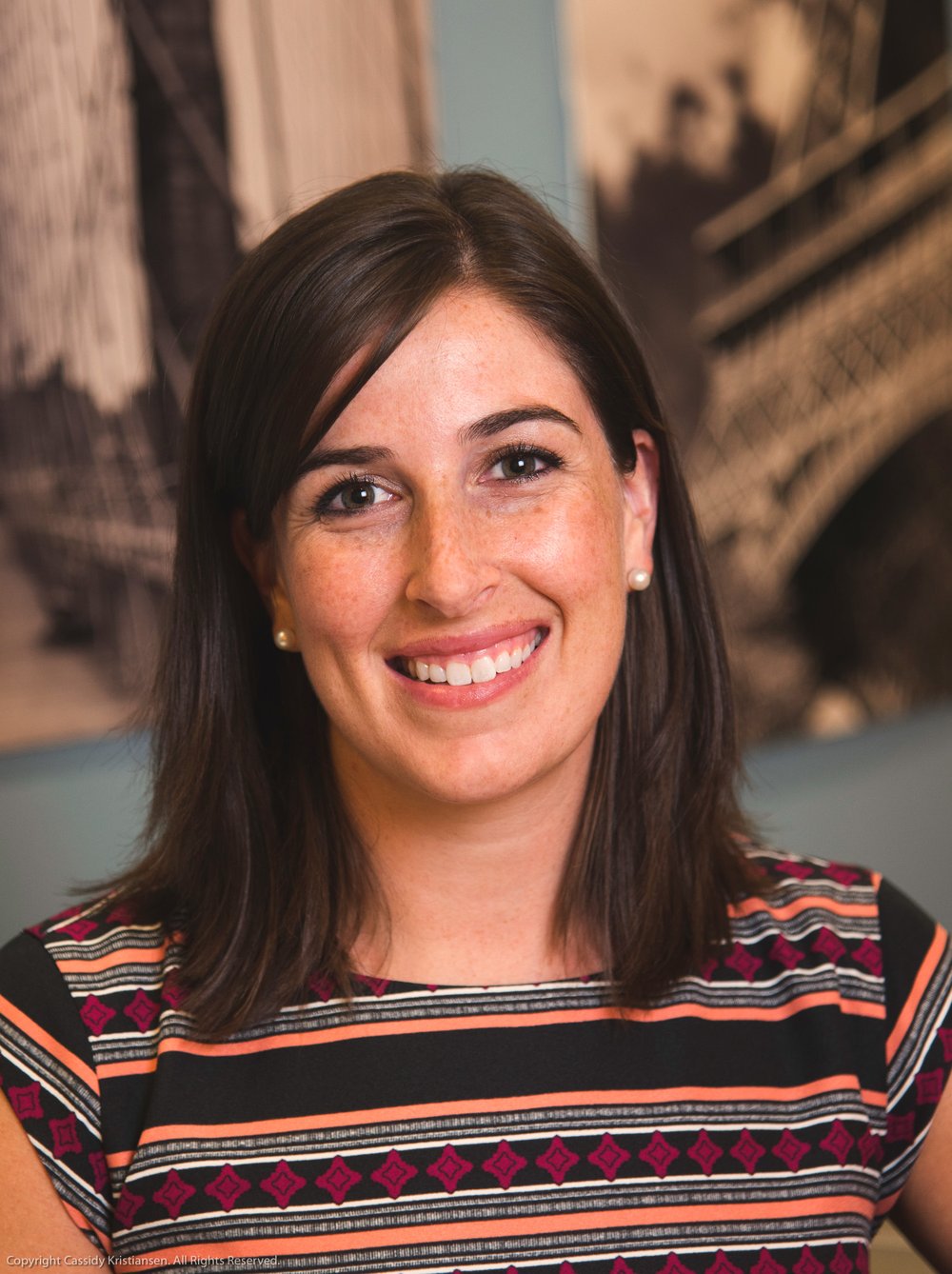
You’re at a dinner party and someone asks what you do. How do you explain your job to them?
My team works on education products like Google Classroom and Expeditions (a virtual field trip app for schools) that aim to transform how teaching and learning happen in the classroom. As a program manager, I’m responsible for our product pilots in schools—where we work directly alongside teachers and students to develop our products based on what schools actually need.
I lead our efforts to bring Expeditions to schools all over the globe through the Pioneer Program, which has taken more than 2 million students in 11 countries on an Expedition. Finally, I’m responsible for all Expeditions content creation, which now spans more than 500 high-quality VR tours and 200+ teacher lesson plans. This week we added 40 more Expeditions which are all focused on women’s careers, and introduce students to what it’s like to work as an astronaut, engineer, or firefighter.You've been on the Expeditions team from the beginning. What have you found most inspiring or surprising about the program?
The biggest joy I get is going into a class and seeing the magic of Expeditions take over. The students are totally engaged without even realizing it and ask incredible and inquisitive questions. The teachers can hardly believe what they are seeing and the smiles on their faces are just priceless. That’s what learning should look like every day.
The coolest part of Expeditions for me is that I had no background in VR or creating compelling VR content—let alone any experience running a global program. I spent tons of time watching YouTube videos, reading articles, going to conferences, and listening to podcasts to learn more about VR. It took a lot of trial and error, but as my dad always said to me, “if there’s a will, there’s a way.”What did you want to be when you grew up?
I really wanted to work in “business.” My dad was a business professor and my first “investor” when I was a kid (think lemonade stands and sewing ribbon belts!). As I grew older and spent more time with my dad’s friends—like Bill Campbell, who was the chairman of Intuit and a beloved advisor to Silicon Valley companies—I became fascinated by entrepreneurship and product development.
I’m also passionate about helping college students get the skills they need to be competitive from day one. I learned so much of my important “soft skills” on the job—I wish I’d had more coaching and opportunities to learn about things like project management, budgeting, business modeling, giving and receiving peer feedback, upward communication, etc. in classes. That’s one of the reasons I love working on Expeditions—which can help students explore college campuses and learn more about other careers—and why I volunteer with students on entrepreneurship programs.
Tell us about one of your mentors who helped you get to where you are today.
My college accounting professor, Dawn Massey, was not only a fantastic teacher, but also encouraged me to pursue my crazy ideas. When I took my first accounting class in college, I was miserable. I hated accounting. But by spending so much time with her, I got better. I ended up switching my focus and moved into finance—something I’d never considered because I thought I was bad at math. Fast forward, I ended up with an MBA in Finance and accepted a role on Google’s finance team, which eventually led to my dream job—the one I have now.
My second mentor was someone I mentioned already—Bill Campbell. He was a dear friend of my dad’s, and always made time for me. I learned from him that it’s always important to make time for individuals who willing to put in the effort and succeed, whether that be through informal coffee chats, mentorships, reviewing resumes, doing mock interviews, etc. You can always make time to help someone out.